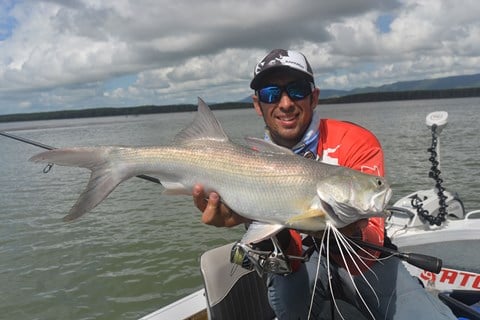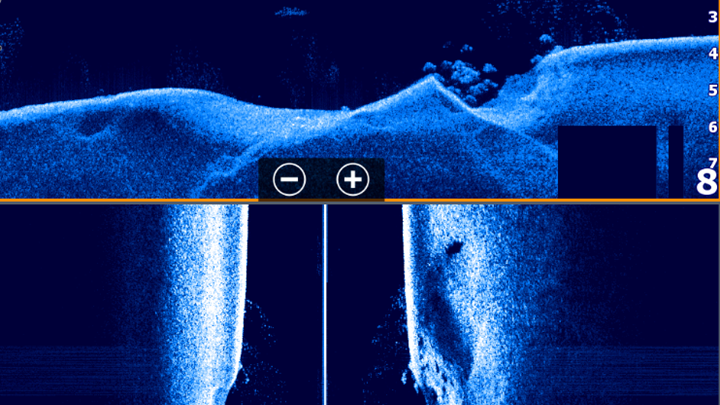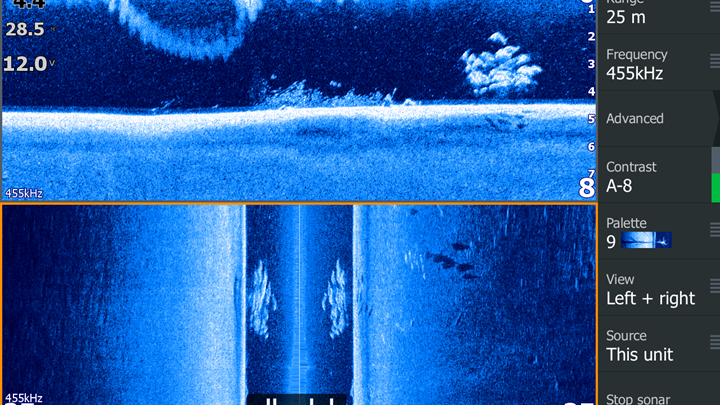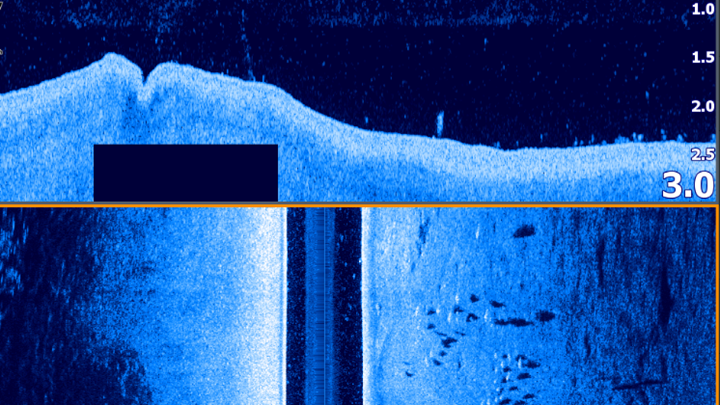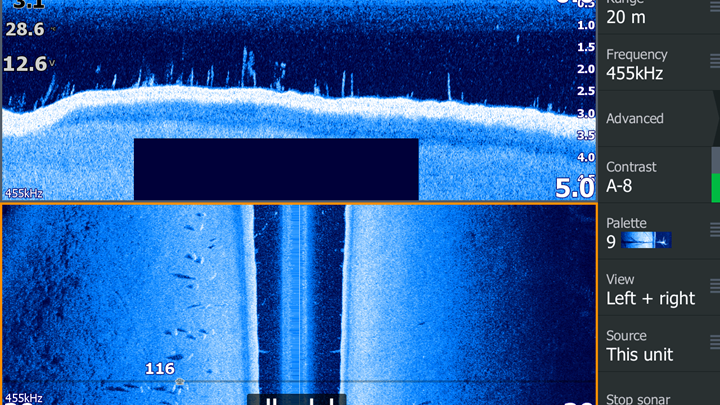There is no denying that the world of marine electronics is constantly evolving beast and recent Lowrance innovations have been mind-blowing to say the least. It truly is amazing that once upon a time, a fish was represented as an arch on the screen and we were pretty chuffed about that.
Fast forward to 20 years and now the same exact characteristics of the fish are displayed with such an amazing clarity that the species of the fish is clearly identifiable. A barramundi’s arched shoulders, a king threadfin salmon’s large forked tail and pectoral fins, for example, are depicted just as they would be if they were viewed through a glass window in real time.
A recent estuary trip I made once again highlighted the importance of my HDS Live. It is an essential asset and absolute fish-finding weapon. Contrasts manually set on the unit between 8 and 10 gives good definition every time. It gave a perfect representation of schools of large barramundi held up at different locations within the river.
In screenshot 1, barramundi are clearly visible held up in a small hole. Although this depression in the riverbed is roughly only a metre deep, this change in depth was enough for the barramundi to rest in during the run of the tide. Little variations like this need to be paid attention to when seeking out new ground.

